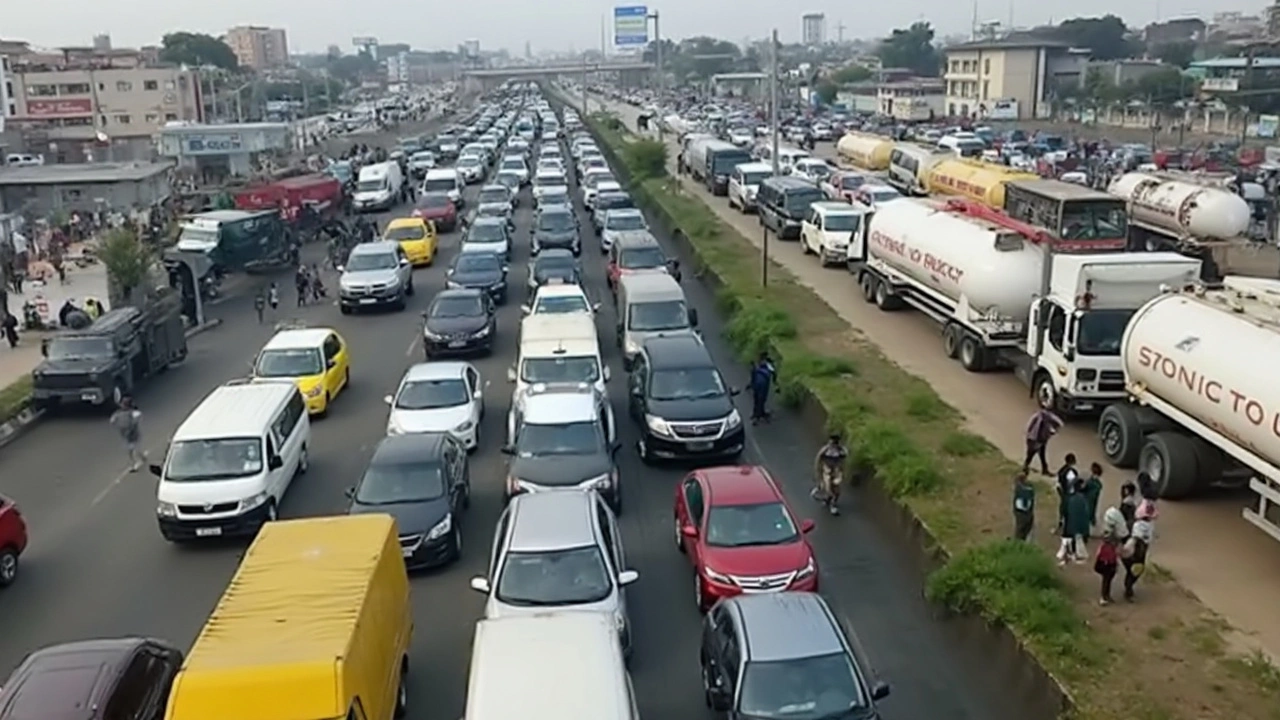Understanding Traffic Congestion and How It Impacts Your Day
Ever been stuck in a traffic jam and wondered why it happens? Traffic congestion is more than just a frustrating delay. It’s a daily challenge affecting cities worldwide, slowing down commutes, increasing pollution, and even impacting local economies. Let’s break down what causes traffic congestion and what it means for you.
Traffic congestion happens when the number of vehicles on the road exceeds the road's capacity. During peak hours, like mornings and evenings, the rush of people heading to work or school can turn roads into parking lots. Common causes include accidents, roadworks, traffic signals, and unexpected events. Even small incidents can create big backups because of how traffic waves affect flow.
How Traffic Congestion Affects You and Your City
Being stuck in traffic wastes time you could spend with family or doing something fun. It also raises stress levels and impacts your health due to increased exposure to vehicle emissions. Cities with heavy congestion see more air pollution, which raises concerns about respiratory problems and environmental damage. Plus, delayed deliveries and slower emergency response times add to the overall cost of traffic jams, affecting businesses and public services.
But here’s the silver lining: smarter traffic management can help reduce congestion. Simple measures like synchronized traffic lights, better public transport, and encouraging carpooling make a huge difference. Some cities introduce congestion charges to discourage driving at busy times, pushing more people towards buses or bikes.
Tips to Beat Traffic Jams and Save Time
Planning your trips outside rush hours is the easiest way to avoid traffic. Using navigation apps that update real-time conditions can reroute you around trouble spots. Joining a carpool not only cuts congestion but also lowers commuting costs. If public transport is an option, it often saves both time and money. Even switching to biking or walking, when possible, gets you moving faster than crawling through gridlocked streets.
Traffic congestion isn’t going away anytime soon, but understanding it helps you make smarter choices. Whether as a driver, passenger, or city planner, there are steps you can take to make daily travel less painful. Stay smart, stay patient, and maybe you’ll find new ways to beat the jam.

Traffic Nightmare Eases as Lagos' Independence Bridge Reopens After Closure
In response to intense traffic congestion, the Federal Ministry of Works has reopened Lagos' Independence Bridge. Directed by Minister David Umahi, temporary measures will be employed to allow traffic flow, with further maintenance scheduled later. The ministry apologized for the inconvenience and urged public patience.
